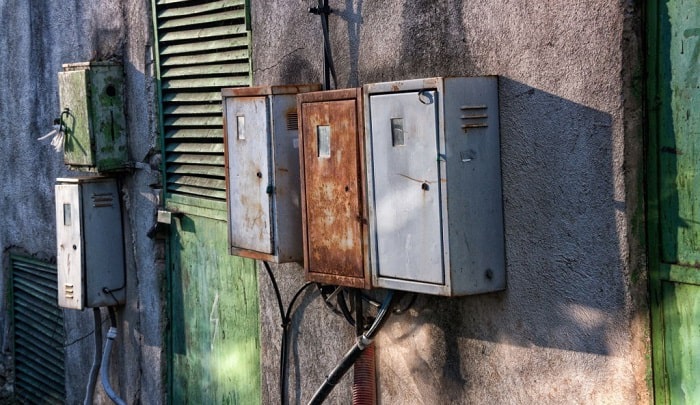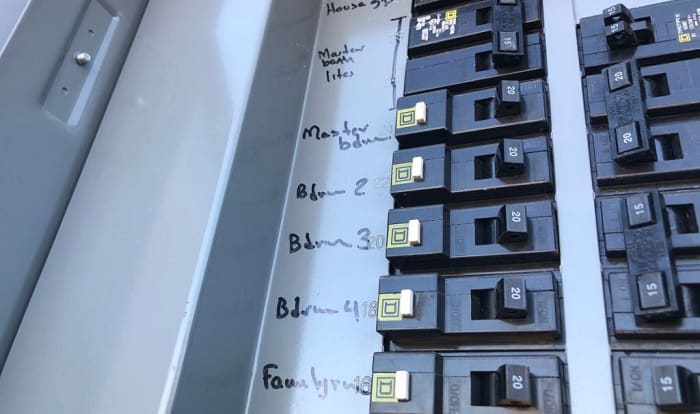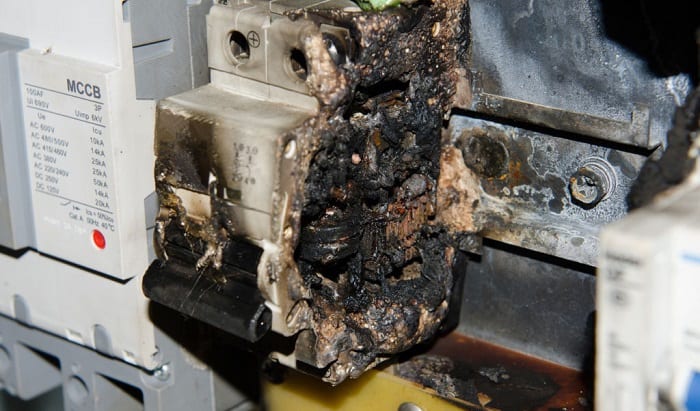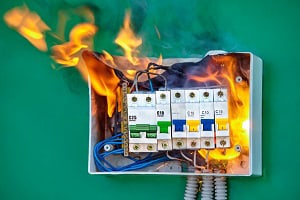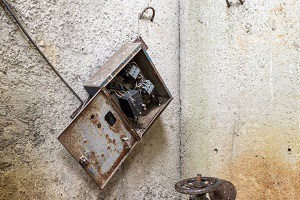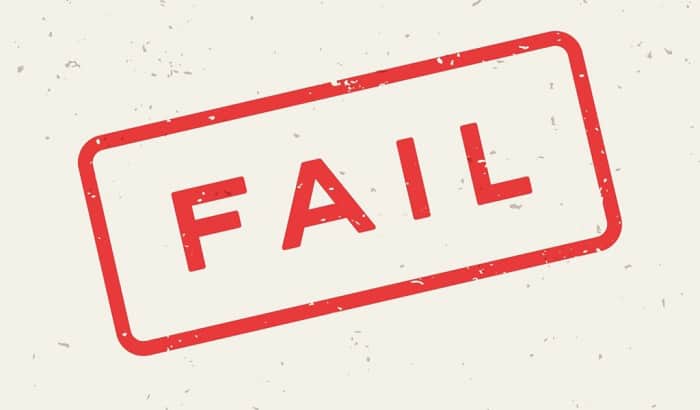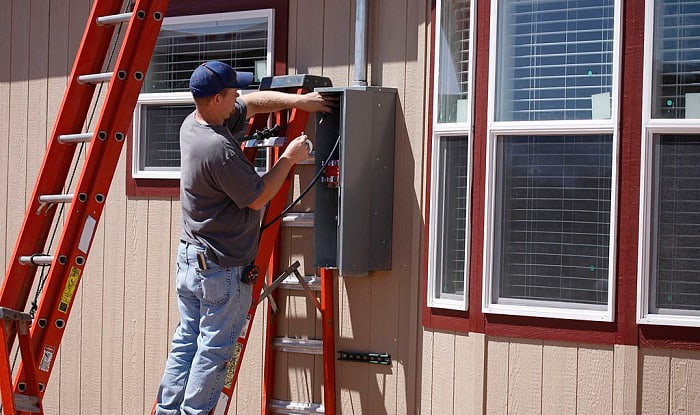Are you currently in a home with a Challenger electrical panel service? A vintage panelboard is rare and has a limited life span. It might have served its purpose for the longest time. However, there are lots to consider if they’re still usable or not.
If you’re living in an old house, questions like “are Challenger electrical panels safe” are expected. On a similar note, the answer is simple too. It is unsafe to use Challenger breaker boxes because overheating and old age issues exist. When its breakers overheat, it creates melting, arching, and corrosion between the bus bars.
Table of Contents
How to Know if Your Panel Is Already Unsafe
The performance of your electrical panel will tell you best if it is still safe to use or not. There are different physical factors evident around your house that you can look up for signs.
- One example is when you turn on a water heater, air conditioner, or even a simple light fixture, and their breaker constantly trips. If the breaker, your appliance, or the wirings between them doesn’t have a problem, it is due to your outdated panel.
- Moreover, an outdated panel will show hazardous signs in the breaker box itself, such as burnt marks, burning smells, crackling sounds, or sparks. If at least one of the factors mentioned above is present, this Challenger panel is already at its peak.
The History of Challenger Electrical
So how did the issues start? Let’s go back for a bit of history and learn where the dangers originate. GTE-Sylvania created the Challenger electrical panel in 1973, aiming to produce a high-end electrical service for efficient power distribution.
It was a success, and they sold hundreds of thousands of units, making them famous in the ’80s and ’90s due to their excellent bus bar designs. Also, it was the peak of the Industrial Revolution, so people were switching from old fuse boxes into brand new electrical panels, which were safer.
However, Challenger faced a similarity in design as the circuit breakers from Zinsco, the same owners of GTE-Sylvania. Since then, the company has faced controversial issues such as brand re-labeling into Zinsco, and constant electrical equipment recalls.
They had a good bus design, but their relations with Zinsco put their breakers into the must-remove list. After the constant breaker recall in 1988, the company was sold to four more prominent companies until they ended up with Eaton/Cutler-Hammer Co.
Being with Eaton does not mean it’s their final resting place. Last 2014 they’ve reissued a Challenger electrical panels recall regarding their circuit breakers causing electric shocks. The root of this breaker problem was the usage of similar parts as their old Challenger breaker models.
Nevertheless, Eaton was the last owner of Challenger before they finally discontinued manufacturing their products. With all that bad history of Challenger, you now know where this is going. Challenger electrical panels are not safe for use anymore, so let’s dive deeper into their product’s safety concerns.
Their Product’s Safety Concerns
Suppose the company’s bad reputation and multiple recalls don’t convince you yet. In that case, we’ll tackle the list of problems experienced by homeowners in the hands of a Challenger load center. Since they’re correlated with Zinsco, they had similar safety hazards to worry about.
- Overheating
One is overheating, the primary concern for this panel. When discussing Challenger electrical panels problems, overheating is the biggest because it leads to other severe complications like melting, corrosion, and fires with breakers.
Now, why do they overheat? A build-up of heat starts with circuit breakers. In the case of Challenger, it takes a moment before they trip, long enough for the encountered electrical issue to generate heat and worsen the problem of the breaker box.
Sometimes, the breaker doesn’t trip at all in a worst-case scenario. So, if the fail-safe mechanism never functions, scalds occur on the bus bars, waiting for it to flare up. What’s worse on this overheating issue is that no appliances or external problems are causing it.
They appear out of nowhere, confusing the homeowners why their breaker boxes were suddenly hot. When the bus bars overheat, unpreventable arc faults can happen between the breakers, alarming homeowners and professionals due to the fire risks at hand.
Although there are no records of Challenger e-panels on fire, their overheating can potentially harm the user or, worse, if neglected. It can melt the insulation of wires or prolong a short circuit, causing them to ignite.
No wonder they don’t make Challenger electrical panels anymore because they are not qualified for Underwriters’ Laboratories (UL) Safety Standards. Also, reports say that even Stab-Lok panels (from FPE, which is more outdated) have broader tests than Challenger.
With a short series of tests, the chances are that they overlook the must-have qualities of a breaker box. Therefore, errors like overheating happen more with Challenger than its fellow competitors.
- Old age
Let’s not forget as well the fact that this electrical panel brand is more than 30 years old, and they don’t reproduce the product anymore. As a result, you have a house supported by a load center on the brink of its extinction.
Bad news always comes with outdated breaker panels. You’ll see visible spots of wear-and-tear, rusting, plastic molds, and burnt marks. The concern of safety is already out of topic here. You can expect that it won’t even pass four-point inspections.
If you’re at home, relaxing, don’t be surprised if sparks come out of your basement while you reheat your food in the microwave oven. A rotting breaker panel is not recommendable for new appliances, especially if its main breaker cannot support the appliance upgrade you did in your house.
Recall of Challenger Electrical Products
Fortunately, there is no history of electrical panel recall from Challenger. Their issues only lie in their circuit breakers and Ground-Fault Circuit Interrupters (GFCI). This happened way back. On November 12, 1988, CPSC recalled two of Challenger’s HAGF GFCI.
It turned out that a 15A and 20A single-pole HAGF GFCI was proven that they did not pass the quality control testing. Challenger then created preventive actions for people who’ve bought this unit, but there are at least 9000 parts they did not recover. Although it was a good recall, it was too late before they released the issue and informed their customers.
After this company’s mistake, there are 1100 parts more that they’ve recalled connected with Challenger. This was from 2014 when Eaton/Cutler-Hammer exposed the shock hazards accompanying the breakers issued with Challenger. These breakers were sold as replacements for Challenger CB, but separate manufacturers produced them, so technically, they don’t match.
So, does this mean that Challenger electrical panels are safe because they’re not recalled? It’s hard to know which Challenger electrical panels are unsafe because certainly, they worked well for others.
On the flip side, they’re not up to the UL safety code because (1) it is an old model and (2) fire risks are high if kept in use. Thus, they’re not safe.
Should I Change My Electrical Panel
Don’t be complacent and wait for your home inspectors to see that you’re still using an old load center. Breaker boxes being outdated need immediate replacement. They know that a Challenger is a forbidden breaker box at this age, so they’ll report this as a violation of the electric code too.
Home inspectors always keep an eye on outdated load distributors. They report this in four-point inspections, which are necessary for checking problems in older homes that may worsen in the future. Most likely, if you’re not going to change it yourself, they will require you anyway.
Even though it looks like it’s having a regular electrical operation, or you still feel safe around your electrical panel, you won’t know if its internal processors are in trouble if you don’t have a professional check it out.
Related: How Long Does It Take to Replace an Electrical Panel?
Non-Replacement Can Void Your Insurance
A home inspection failure is the biggest downside of insisting on a Challenger breaker panel for your home. When you fail the four-point inspections, you are sacrificing your home insurance.
Insurance companies like in Florida don’t guarantee their clients their insurance funds once accidents happen from these outlawed electrical panels. Be a responsible homeowner, and don’t let your carelessness cost you your home or life.
Conclusion
So, are Challenger electrical panels safe?
In truth, it is one of the outlawed electrical services in the market with existing reports of overheating issues. On the other hand, its circuit breakers take a while to trip, resulting in plastic melting, corrosion of contacts, or even fire.
Hence, if you still have this type of electrical service, you need to find a replacement immediately. Otherwise, it can revoke your home and electrical insurance. When it comes to accidents, it is better to be safe than be sorry afterward.
Related: The Circuit Breaker Interchangeable With Challenger

I am Andrew Wright. With 8 years of experience designing, installing, and maintaining electrical power systems. I love my job, and I have always wanted to offer others the necessary help so they can take care of their houses.

